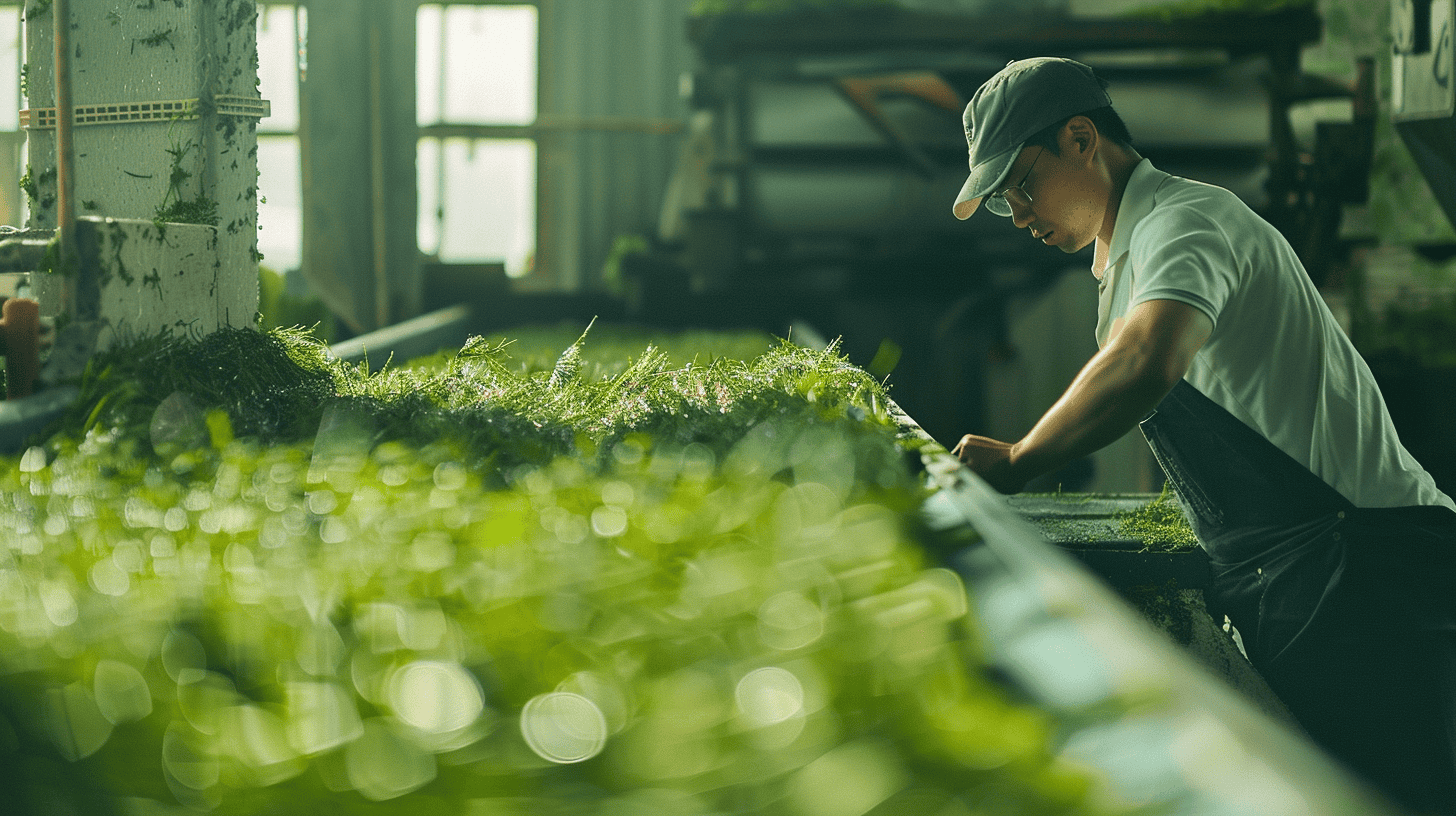
For many years now, we became acquainted with using recycled paper and buying notebooks, napkins or toilet paper made out of it. Now Wageningen University and Research (WUR) scientists are pioneering a sustainable paper alternative, crafting paper and cardboard from roadside and nature area grass.
Why this is important
On the way to climate neutrality, new alternatives to conventional materials are to be found. Grasspaper is one of them.
This eco-friendly innovation promises to bolster the local economy and save forests by reducing the need for imported wood pulp. Set to roll out niche products like business cards and packaging materials, the initiative—part of the EU’s GO-GRASS project—also looks to cut water and energy usage. The Schut paper factory in the Netherlands is already on track to begin production of grass-based paper as early as next year.
A greener production process
The production process for this grass paper involves a unique digester and a culture of microorganisms that convert grass into sugars. These sugars are then used to produce biogas, which undergoes further refining. This method sets a new standard for the industry, showcasing how niche market products, including business cards and artists’ paper, can be made from fibres other than wood. Such advancements are not only confined to the Netherlands. The GO-GRASS EU project, which this research is a part of, has sparked a Europe-wide exploration into grass-based solutions for rural economies.

Grass paper in the marketplace
Grass paper is not yet suitable for all uses, such as printing in laser printers due to technical demands. However, its applicability for packaging materials is vast. The surge in online orders has heightened the demand for cardboard products, and grass paper answers this call effectively. Schut paper factory is diversifying its fibre sources, using materials ranging from cocoa shells to old denim, to create paper and cardboard for a variety of niche markets.
As the industry looks for more sustainable packaging options, cardboard and folding boxes made from grass paper are emerging as strong contenders. This sustainable alternative is gaining traction due to its lower environmental impact compared to traditional wood paper. Not only is it recyclable and compostable, but it also requires significantly less water and energy to produce. Moreover, it proudly exhibits its eco-friendly credentials with a distinctive green hue.
Revolutionising raw materials
Creapaper GmbH, a German company, has been instrumental in innovating this field by using grass fibres as a raw material for paper and cardboard production. The company utilises hay from regional agricultural areas, which is then cleaned, mechanically shredded, and pressed into pellets for paper production. The resulting grass paper can be used in a wide array of products, from food packaging to brochures and labels.
Grass paper production is not just about creating an alternative product; it’s reshaping the supply chain. With a significantly reduced carbon footprint, each tonne of grass paper saves around 300 kg of CO2 emissions compared to traditional paper production. Creapaper’s process is remarkably water-efficient, using only 2 litres of water to produce one tonne of grass pulp, a stark contrast to the 6,000 litres required for wood pulp.

Environmental and economic impacts
The environmental benefits of grass paper are clear, but the economic implications are equally compelling. Grass-based pulp is up to 70% cheaper than wood pulp, and with new industrial production lines and mobile facilities, production costs could be further reduced. This innovation holds promise for the paper industry to adopt grass fibre as its third raw material resource, alongside wood pulp and recycled paper.
Moreover, grasslands and compensation areas provide diverse food sources for bees and insects, which are vital for biodiversity. The late mowing of these areas ensures a long-lasting supply of pollen and nectar, supporting these crucial pollinators. Grass paper with embedded flower seeds even offers the unique opportunity for consumers to grow their own blooming meadows, adding another layer to its environmental contribution.
Looking ahead
The future appears bright for grass paper. In Denmark, researchers are using grass to extract proteins for livestock, reducing the need to import soya. In Germany, grass is being converted into biochar to enrich soils with carbon. While in Sweden, it’s being used in animal bedding. These efforts collectively underscore a shift towards more sustainable, circular business models in the paper industry.
Creapaper’s pioneering process and the EU’s backing of the GO-GRASS project suggest that grass paper could soon become a staple in both the B2B and B2C markets. With an array of applications from food bags to packaging, the appetite for grass paper is growing. It’s not just a step toward sustainability; it’s a leap towards a greener, more cost-effective future.

